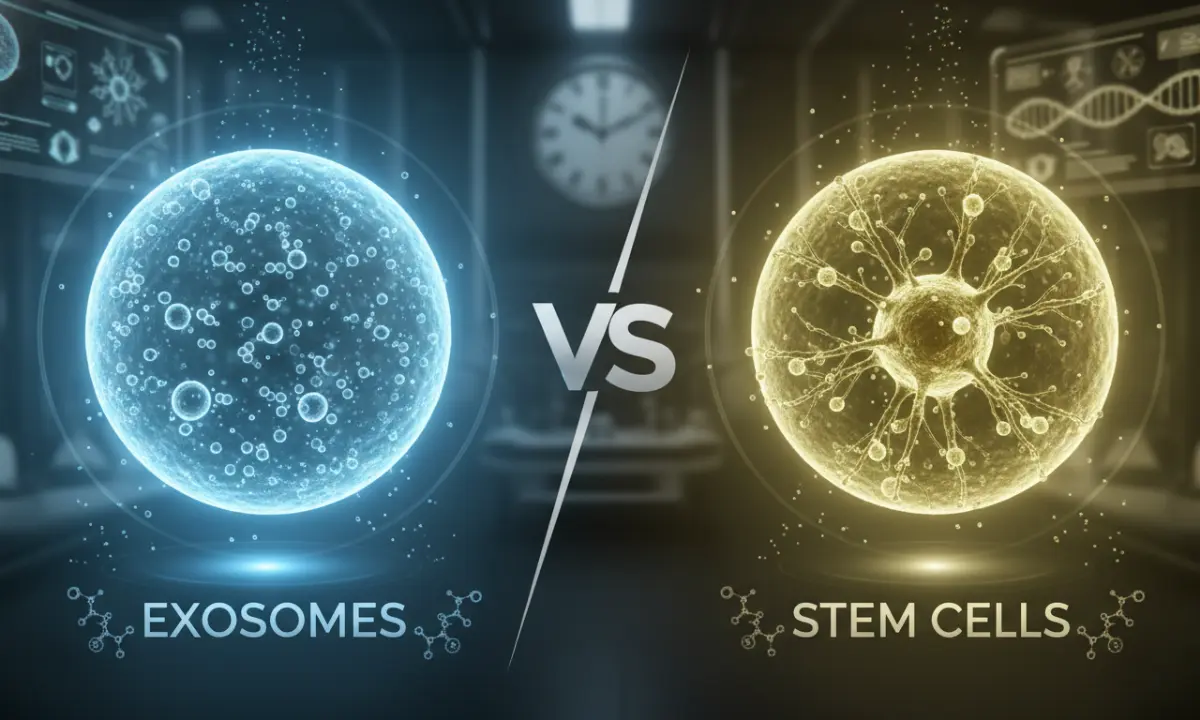Laser Hair Removal Safety: Why Technology (Soprano Alma Diode) Matters
A wave of anxiety often follows the decision to get laser hair removal. We’ve all heard the horror stories: burns, pain, scarring, and those fears are valid. But here’s the truth: those stories are based on outdated technology.At IRM Aesthetics, our “Safety First” principle is non-negotiable. The most critical factors for your safety, comfort, and results are the machine being used and the professional operating it.Table of ContentsThe Old “Stamping” Method (And Its Risks)The Breakthrough: Soprano Alma DiodeWhy Soprano is Safe for Pakistani SkinThe IRM Difference: Technology + ExpertiseA New Horizon of HopeThe Old “Stamping” Method (And Its Risks)How it
Why is My Skin Dull? 5 Causes and How We Treat Them at IRM
“Dull skin” is one of the most common complaints we hear. It’s that feeling that your skin has “lost its light,” it looks flat, tired, and lackluster, no matter what creams you use.The truth is, dull skin isn’t just a surface problem; it’s a symptom. It’s a sign that something is out of balance, either on the surface or deep within your body.At IRM Aesthetics, we don’t just “get you glowing” for a day. We are a medical institute that diagnoses the root cause of your dullness. Only by understanding the why can we deliver a safe, effective, and lasting solution.Here are the five leading
The Truth About Chemical Peels: Types, Benefits, and Downtime
“Chemical peel” is a term that sounds harsh, but it’s one of the oldest, most-trusted, and most effective treatments in all of dermatology. It’s a favorite for our “Specific Concern Solver” patients who want to dramatically improve their skin’s texture and tone.A chemical peel is not a “one-size-fits-all” facial. It is a medical treatment where a specific chemical solution is applied to the skin, causing it to “peel” and regenerate. The new, healed skin is smoother, clearer, and more youthful.At IRM Aesthetics, we believe in “clarity over jargon.” The key to a safe and effective peel is understanding the three
Treating Acne Scars: Comparing Microneedling, Lasers, and Sylfirm-X
For many people, the battle doesn’t end when the acne clears. The reminder of that battle, the scars, can be a daily source of frustration. For some, it’s not just scars, it’s also uneven tone or dull, tired-looking skin that makes the complexion appear less radiant. Let’s explore your options.The good news is that you don’t have to live with them. The challenge is that not all acne scar treatments are created equal. In Pakistan, choosing the wrong treatment for your skin type can lead to irritation, pigmentation (PIH), or even worsen scarring.As a leading medical institute, we believe in
What is the Vampire Facial (PRP)? Benefits, Process, and Safety at IRM
Despite its spooky name, the Vampire Facial is a powerful, medical-grade skin rejuvenation treatment. Its clinical name is PRP (Platelet-Rich Plasma) Therapy.It’s one of the most natural treatments available because it uses a powerful healing substance from your own body. At IRM Aesthetics, we believe in educating our patients. Here is a clear, medical breakdown of what PRP is, how it works, and why safety is paramount.Table of ContentsWhat is PRP and How Does It Actually Work?The 5 Key Benefits of a Vampire FacialThe Vampire Facial Process: Your 3 Medical StepsThe IRM Difference: Why Safety is NOT NegotiableA Powerful, Natural SolutionWhat is PRP
The Inside-Out Glow: How IV Nutritional Therapy Enhances Your Skin Health
You can spend a fortune on the world's best serums, creams, and facials, but still feel like your skin is dull, tired, and lackluster. Why?Because true, vibrant skin health isn't built from the outside in. It's built from the inside out.Your skin is a mirror that reflects your internal wellness. It is also the largest organ in your body, and unfortunately, it's the last in line to receive nutrients from the food you eat. After your vital organs take their share, your skin is often left with the "leftovers."At IRM Aesthetics, we champion a holistic view of beauty and wellness. We understand that
Exosomes vs. Stem Cells: Which is the Superior Anti-Aging Treatment?
"Regenerative medicine" is the new frontier of anti-aging, and for good reason. It's a branch of science that doesn't just mask aging; it aims to heal and regenerate tissue at the cellular level.The two biggest names in this field are Stem Cells and Exosomes. For years, stem cells were considered the gold standard. But today, the most advanced clinics, including IRM Aesthetics, are focusing on exosomes, a newer, safer, and more precise technology.But why the shift? Is one really superior to the other? As a leading medical institute, we believe in educating our patients. Here's a clear, scientific breakdown.Table of ContentsWhat Are Stem Cells? The "Master Factories"What
NAD+ IV Therapy: Boosting Cellular Energy and Cognitive Function
We experience less energy, our thinking gets "foggier," and our bodies don't recover as fast as they used to.While many factors are at play, modern science has identified a "master molecule" at the center of this decline: NAD+.You may have heard of it, but what is it? NAD+ (Nicotinamide Adenine Dinucleotide) is a coenzyme, a "helper molecule" that is found in every single cell in your body. It is as essential to your life as oxygen or water.At IRM Aesthetics, we believe in a holistic, "whole-body" approach to wellness. We see this as the future of aesthetic and regenerative medicine. NAD+ IV Therapy
The Hair Transplant Journey at IRM: What to Expect Before, During, and After
The decision to reclaim your hairline is a significant one, and it’s natural to feel questions, excitement, and a little apprehension.Modern hair restoration, when performed by a true expert, is an art form that delivers results so natural, they are virtually undetectable.At IRM Aesthetics, this journey is a partnership. Here is a clear, step-by-step guide to what you can expect.Table of ContentsPart 1: BEFORE the Procedure (The Consultation & Planning)Part 2: DURING the Procedure (The Day of Your Transplant)Part 3: AFTER the Procedure (The Recovery & Results)Your First StepPart 1: BEFORE the Procedure (The Consultation & Planning)1. The Expert ConsultationYour
Which Hair Loss Treatment is Right for You?
When you start noticing early signs of hair loss, you shouldn’t ignore it. It’s important to understand the non-surgical options available, most notably PRP and Mesotherapy.Both are clinic-based treatments. Both involve micro-injections into the scalp. And both promise to help restore your hair. This creates a lot of confusion for patients.But the truth is, PRP and Mesotherapy are fundamentally different treatments. They work in completely different ways, and one may be far better for your specific type of hair loss than the other.As a leading medical aesthetics institute in Pakistan, we believe in clarity. Let’s break down the science, the














